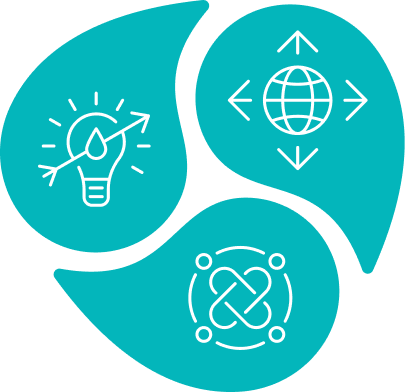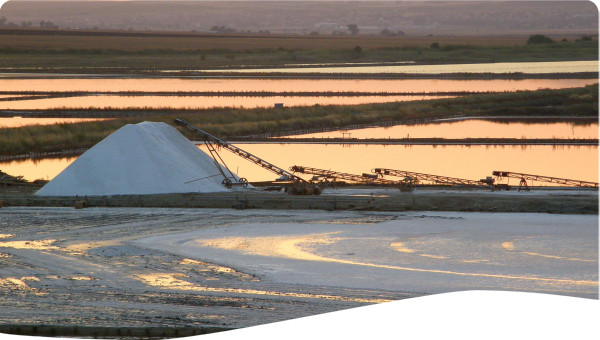We agree that financing for safe drinking water, sanitation and hygiene is a crucial issue. Access to safe drinking water and sanitation is a human right, and is fundamental to the enjoyment of other rights such as the highest attainable standard of health.
Under Sustainable Development Goal 6, the global community has committed that, by 2030, all people will have universal and equitable access to safe and affordable drinking water (target 6.1) and access to adequate and equitable sanitation and hygiene, including an end to open defecation, with “special attention to the needs of women and girls and those in vulnerable situations” (target 6.2).
Yet in 2015 more than 840 million people worldwide did not have access to a basic drinking water service, and 2.3 billion people lacked a basic sanitation service. A World Bank study estimated that the capital costs alone of meeting SDG targets 6.1 and 6.2 would be around US$ 114 billion per year. How best to source this finance is an urgent question.
This briefing sets out four risks that we hope will be thoroughly considered in the forthcoming discussions. Wherever relevant it draws closely on the OECD Development Assistance Committee’s (DAC’s) Blended Finance Principles, which were agreed in October 2017 as a framework “to ensure blended finance meets accepted quality standards and achieves impact, based on a development rationale”.

 Resource
Resource
